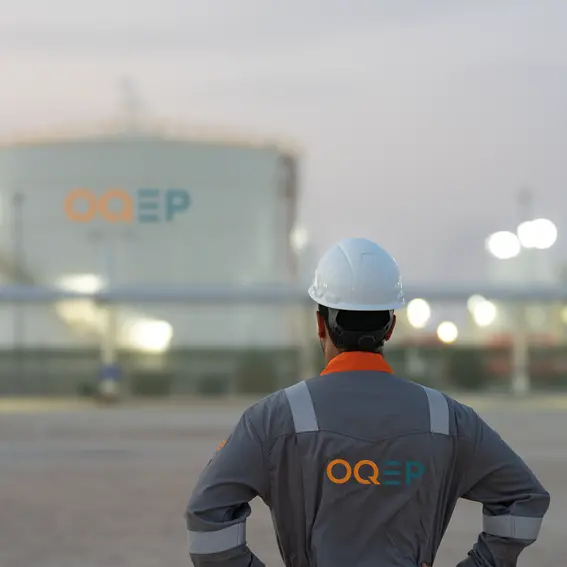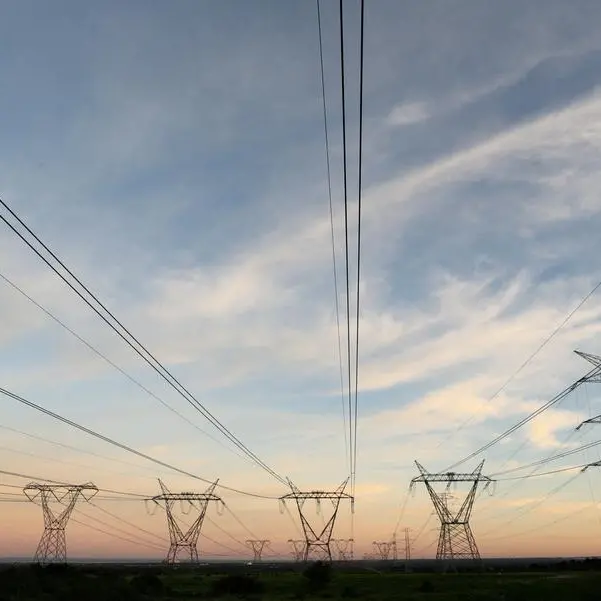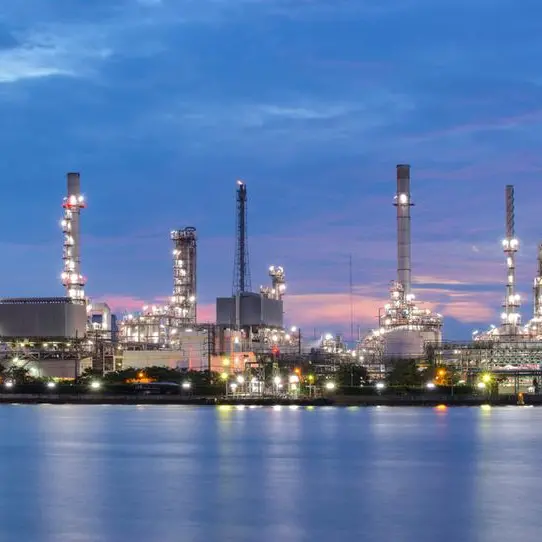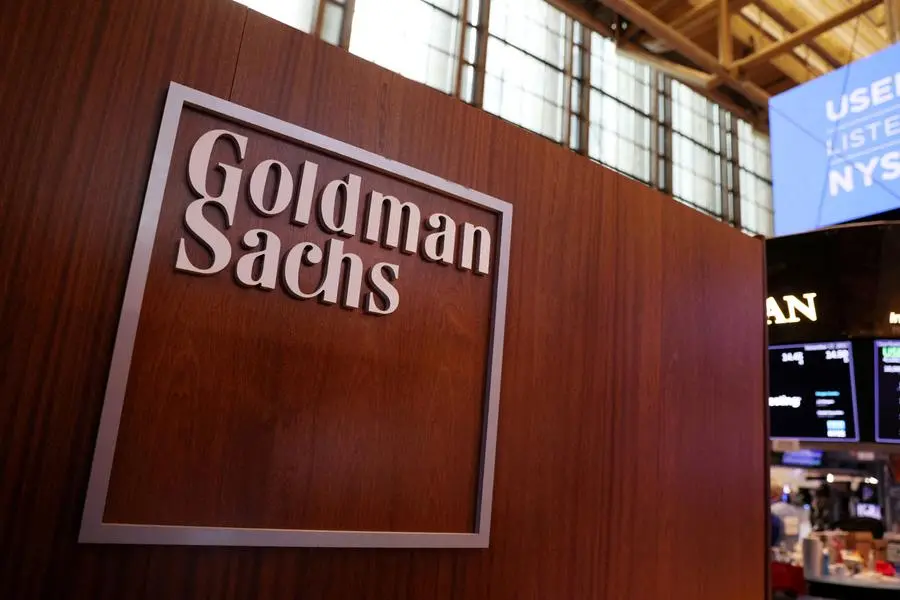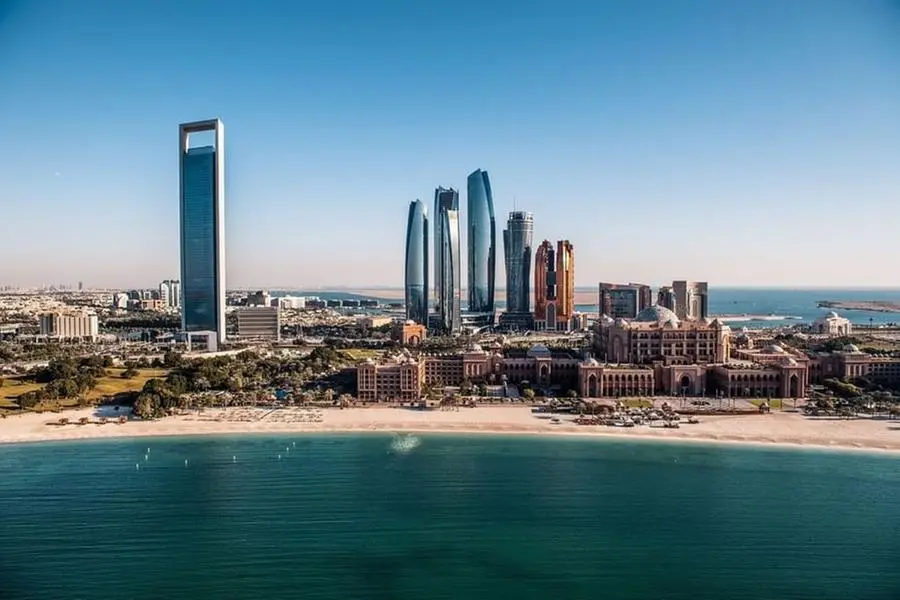PHOTO
Capital expenditure (capex) of national oil companies (NOCs) in Gulf Cooperation Council (GCC) countries is expected to rise by $15-$25 billion per year from 2023 to 2030, driven by investments in sustainability-related projects, S&P Global Ratings said in a new report.
“Even after factoring in these investments, the overall effect on NOCs’ debt to EBITDA would be below 2.0x on average,” the rating agency said in a report titled “Net-zero targets leave GCC oil companies unperturbed for now”.
The Gulf NOCs can absorb these incremental investments necessary to move toward net zero and maintain solid credit metrics despite the moderate cash calls from shareholders, the report said.
“Even though NOCs benefit from strong balance sheets, they will have to weigh up investment needs against dividend distributions,” it added.
Although some GCC NOCs accelerated their sustainability targets after COP28, S&P expects the overall shift in strategies to adapt to the energy transition to remain gradual as they continue to prioritise their core operations oil exploration and production.
Although GCC NOCs are exposed to energy transition risks as their global listed peers, their financial positions are generally stronger and benefit from operating costs per barrel of less than $10 on average.
S&P expects NOCs’ investments in renewable energy and green hydrogen solutions may represent the steps toward a low-carbon and climate-resilient future.
According to the report, low-carbon investments average about 20% of total investments, or capex, of globally listed oil companies over 2024-2026, although the contribution varies among different companies.
Though GCC NOCs have ramped up their environmental, social, and governance (ESG) disclosures, mainly based on voluntary guidelines, their sustainability-related disclosures fall short of those of globally listed peers.
While GCC countries are highly exposed to the energy transition, S&P expects that GCC NOCs will have sufficient financial buffers and competitive advantages to absorb the incremental investments necessary to catch up with global peers and preserve their credit ratios over the next five years.
NOC strategies and announced initiatives indicate their commitment to adapting to the energy transition, but concrete adaptation measures remain unclear.
“We will continue to monitor if GCC NOCs’ climate targets become more tangible and how they balance energy efficiency with emission lock-in risks,” S&P said.
(Editing by Brinda Darasha; brinda.darasha@lseg.com)

